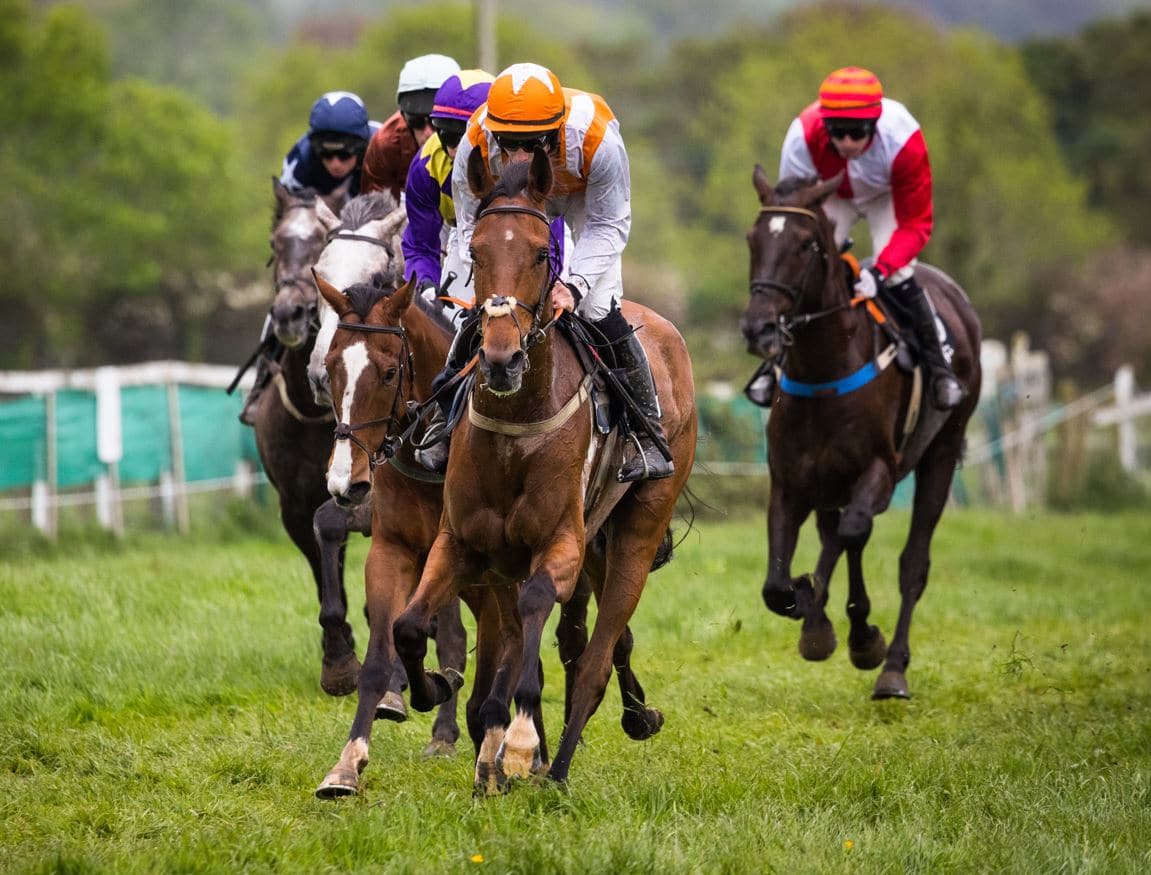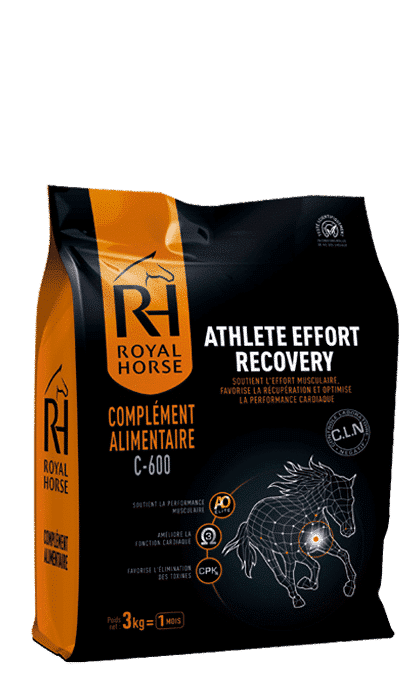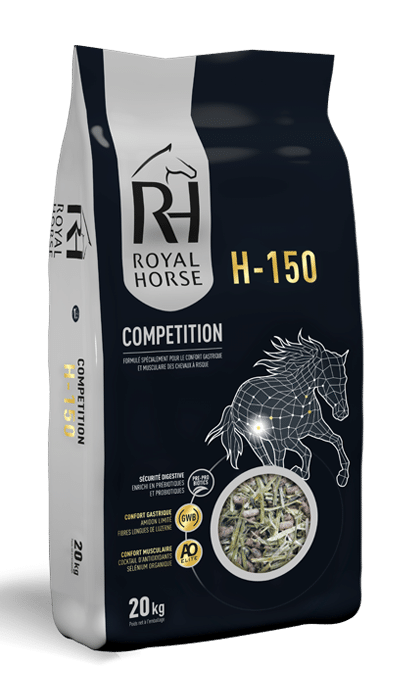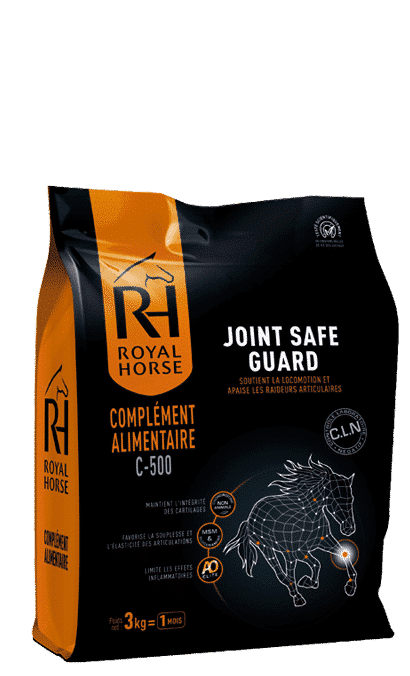Racehorses are physically very demanding. The racehorse’s diet is therefore a clever mix of different energy sources that will enable him to cover his energy needs according to the type of effort he will have to make. We talk about energy for long effort or energy for short and explosive effort.
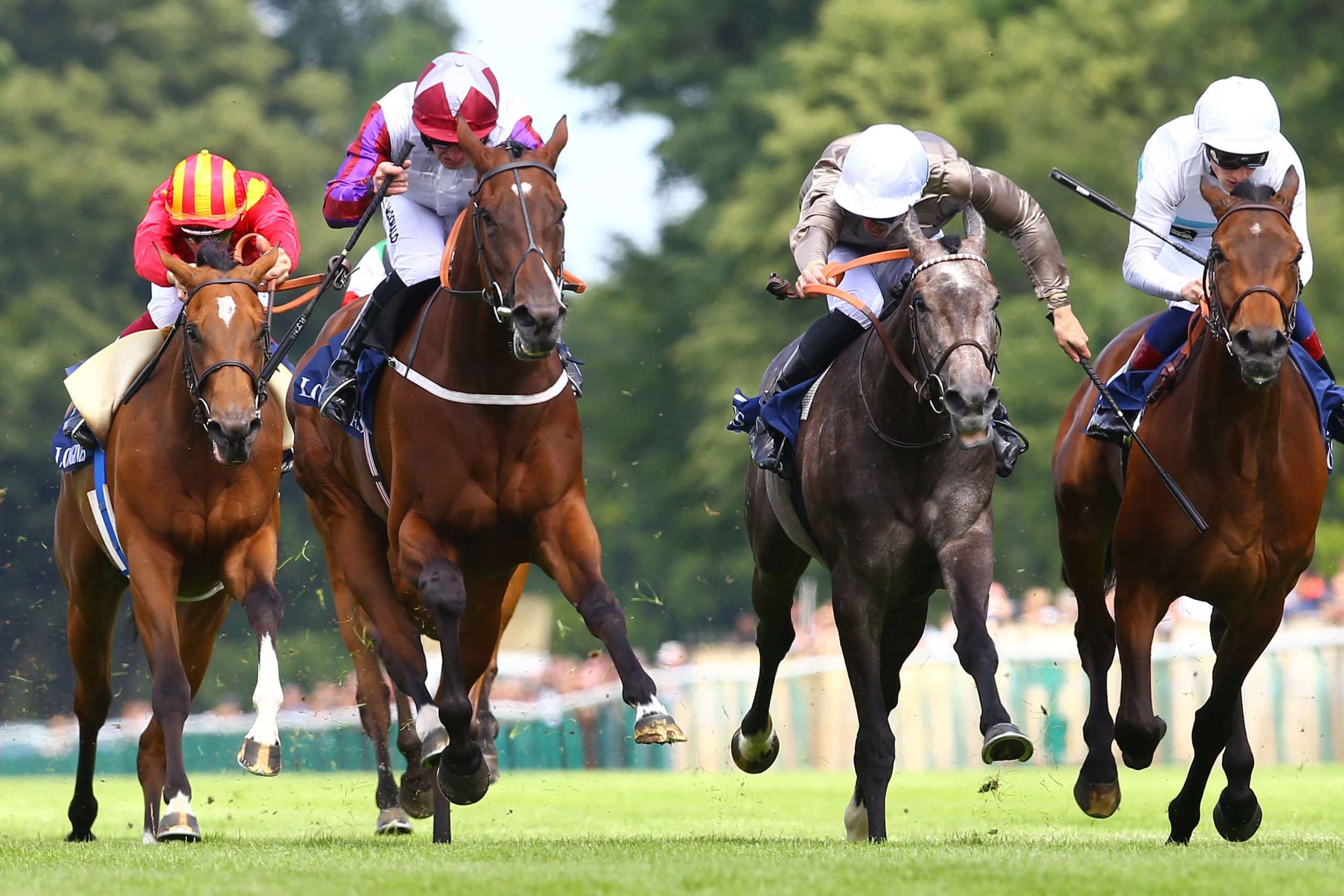
Fiber, the basis of the horse’s diet
Remember, the horse is a herbivore. It is therefore essential that the horse’s diet (whatever its discipline or use) includes a good quantity of fiber. Fiber alone should represent more than 50% of the total ration of a race or competition horse (a minimum of 1.5% of the horse’s weight). The feed intake should be adapted according to the forage available in the stable and the needs of the type of effort required of the horse. For example, an endurance horse will need a lower protein intake than a racehorse, and stables that feed racehorses cereal-based feed and use Crau hay to compensate for the protein deficiency will not have the same supplementary feed requirements as those that feed standard grassland hay.
Concentrated feed, a source of carbohydrate energy
The horse’s stomach is relatively small, so to cover the needs of racehorses, rations must be divided into several meals. Concentrated feed is usually given to racehorses three times a day. This horse feed consists of cereals, mainly oats and barley. Cereals contain starch, which is then converted into glucose, the fuel for the racehorse. These starch intakes must be kept in check because an excess of starch can lead to ulcers in horses.
Lipids, a complementary source of energy
Racehorses can receive fats, such as oils (rapeseed, linseed, etc.), as a supplement to their ration, which will provide them with an additional source of energy. The advantage of this energy is that it is not loaded with starch and is easily stored and redistributed by the body. It also has the advantage of not causing rapid changes in blood sugar levels.
Minerals and trace elements, not to be forgotten
Minerals and trace elements are an integral part of a racehorse’s diet. In particular, sodium chloride, calcium and magnesium are essential for the racehorse to improve its resistance to fatigue and reduce joint pain. Antioxidants and vitamins C and E are also essential in the racehorse’s diet.
Mash, the ideal food for recovery
After intense effort, it is not uncommon for racehorses to be offered a wet meal such as mash. This preparation, made from cereals inflated with hot water, allows the racehorse to rehydrate more quickly and therefore to eliminate the toxins produced by the intense effort. It also allows the horse’s intestinal transit to become more fluid after a heavy effort.
How to choose the ideal feed for your racehorse ?
In order to combine all these components in a balanced diet that meets the energy needs of racehorses, the Royal Horse H and C range has been designed.
The H250 and H350 horse feeds are flaked and facilitate the recovery of the race horse. They are also enriched with pre-biotics that help protect the intestinal flora.
On the other hand, some racehorses may be subject to gastric or muscular problems, so the feed must be adapted for this type of horse. The H150 feed contains a lower starch content, prebiotic and probiotic supplements for horses. It is also supplemented with omega 3, which promotes the use of lipid energy.
The Royal Horse C range of feed supplements provides racehorses with nutrition perfectly adapted to their needs. The C600 feed contains a plant-based antioxidant complex and a variety of micro-algae highly concentrated in DHA, a specific fatty acid of the Omega 3 family that improves heart function. The C500 horse supplement has been designed specifically for horses with joint problems, with several complexes that promote joint elasticity.
